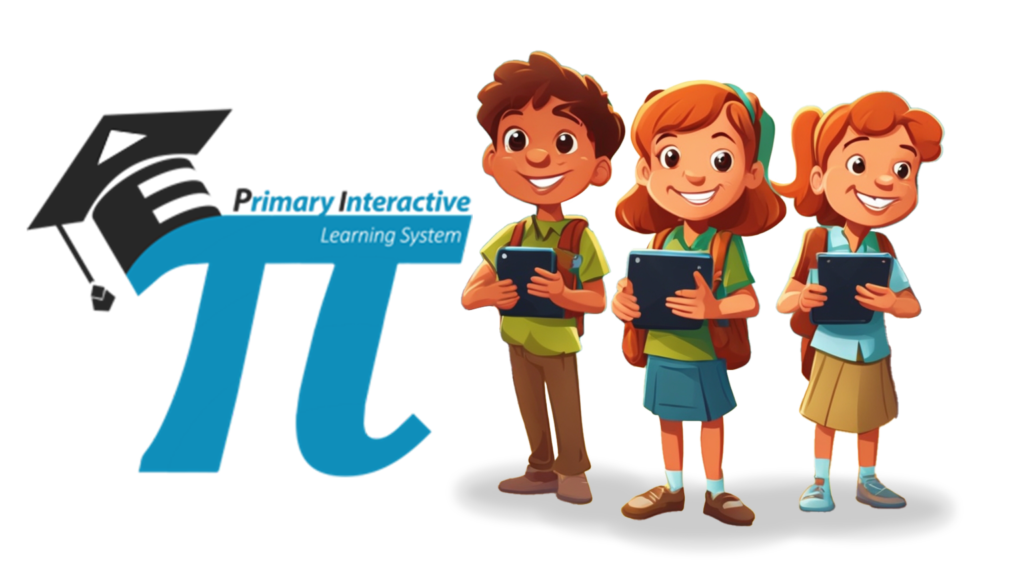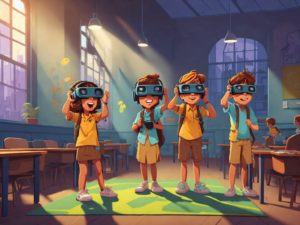With the advent of Tiktok, Youtube, and Facebook videos and reels, the ongoing trend among the youth is watching short videos. Children and teenagers can spend hours a day just watching short video reels. Can educational videos prove effective in teaching this new generation?
Using educational videos in schools is nothing new. Since the invention of portable/low-cost film projectors, schools have been using videos to supplement the lessons of their teachers. However, the utilization of videos as the primary mode of lesson delivery is only now gaining popularity.
Delivering Lessons within the Child’s Attention Span
The generally accepted attention span for children falls between 2 and 3 minutes per year of age. This means an incoming Grade 1 student would have an attention span of around 12–18 minutes, while a Grade 6 student would have an attention span of around 24-36 minutes. As such, it is no surprise that shorter, concise lessons are more likely to be retained and comprehended than longer ones.
Given that videos are a more passive medium, it is advisable to keep the videos much shorter than the attention span of the viewers. In fact, most viewers, if not engaged in the first few seconds of a video, would probably move on to the next video already. Hence, engaging, and entertaining educational videos between 2 and 12 minutes would be a good baseline for schools.
Improved Accessibility and Convenience
Computers, smartphones, tablets, and flat-screen televisions have made videos more accessible than ever. Utilizing educational videos for lesson delivery means students can easily access, watch, pause, and rewind videos at their convenience using gadgets they most likely have at home. This self-paced approach allows children to absorb information at a speed that suits their needs, ensuring a deeper understanding of the material.

Consistent and Efficient Lesson Delivery
Videos provide a consistent mode of lesson delivery. For example, when teaching English as a second language, videos can provide the correct pronunciation of words that the teacher themselves might mispronounce. Additionally, using ready-made videos frees up the teacher from preparing lesson materials, writing on the board, and reading off textbooks, thus allowing teachers to concentrate on expounding on the lesson topic as well as engaging the students through recitation and related activities. By delivering the foundational knowledge as a short video, the teacher and students can now spend the rest of the class on lesson reinforcement through discussion, exercises, and other activities.
Multi-Sensory Learning through Educational Videos
We humans naturally observe our environment through our five senses. School education can greatly benefit from a multi-sensory approach as well. Learning videos engage students through entertaining images and animations, easy-to-read text, voiceovers, and music. Visual learning is an effective approach for young learners, as it captures their attention and enhances understanding. Short video lessons utilize captivating visuals, animations, and interactive elements to engage students. By combining auditory and visual elements, these videos stimulate multiple senses, making the learning experience more immersive and enjoyable for children. Interactive videos can even introduce kinesthetic or tactile learning by encouraging user interaction in certain portions of the video or by asking the viewer to copy movements or dances in the video.

Collaborative and Interactive Classroom Environment
Replacing textbooks and long teacher lectures with video lessons fosters a collaborative and interactive classroom environment. Instead of focusing on individual reading assignments, class time can be dedicated to discussions, group activities, and hands-on experiments. Video lessons serve as a foundation, providing students with a shared understanding of the topic. This shift encourages active participation, critical thinking, and collaboration among students, wherein teachers play a more hands-on role in reinforcing the lesson topics.
Updated and Interactive Content
Textbooks often become outdated due to the ever-evolving nature of knowledge. On the other hand, video lessons can be easily updated and revised to include the most current information. This ensures that students receive accurate and relevant content. Additionally, interactive features within videos, such as quizzes or assessments, allow for immediate feedback and enable students to gauge their understanding in real-time.
Eco-Friendly and Cost-Effective
By replacing textbooks with digital video lessons, classrooms contribute to a more sustainable future. Reducing paper consumption not only benefits the environment but also minimizes the costs associated with purchasing and replacing textbooks. Video lessons can be accessed online, eliminating the need for physical copies and ensuring cost-effectiveness for schools and students.
The Academ-e PI Learning System
Academ-e created the Primary Interactive Learning System in the conviction that brief, entertaining video lessons are significantly more effective than textbooks in imparting knowledge to elementary school students. A Metrobank Most Outstanding Teacher awardee created the curriculum on which the PI Learning System is based, and top Filipino educators wrote, designed, and edited each individual video. PI Learning System videos are kept to a maximum of twelve minutes each, keeping in mind the attention span of primary school children. The PI Learning System provides complementary materials, such as a student learning guide that acts as printable notes and exercises, and quizzes for the students to reinforce their knowledge of the lesson. Additionally, teachers are provided with a lesson plan that guides them on how each lesson should be delivered and suggests activities and projects that they can use to further engage their students.

Beta Testing of our digital learning system and educational videos have shown consistent improvements in students’ grades, lesson retention, comprehension, and engagement. Additionally, teachers prefer using the PI Learning System for the consistency of learning it provides, automation of teacher tasks, and availability of exercises, quizzes, and other activities they can use in the classroom.
For further information, visit www.academ-e.ph or email us at inquiry@academ-e.ph.





